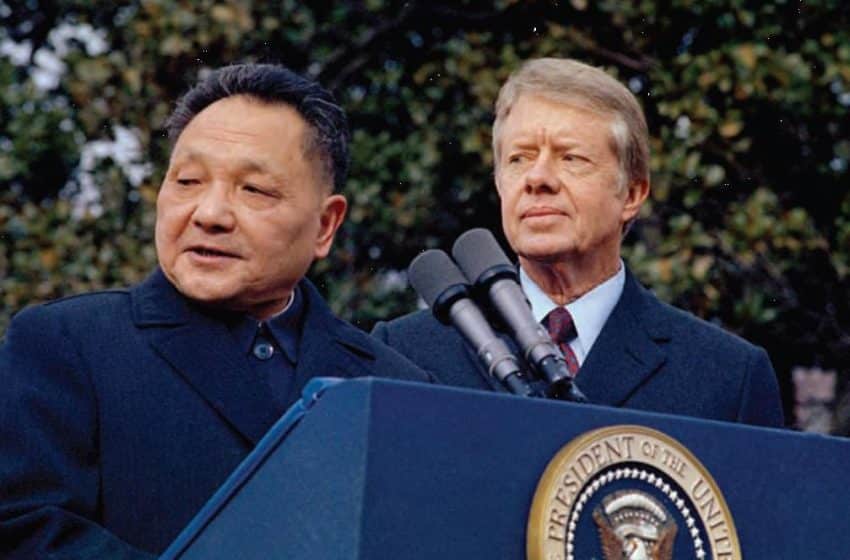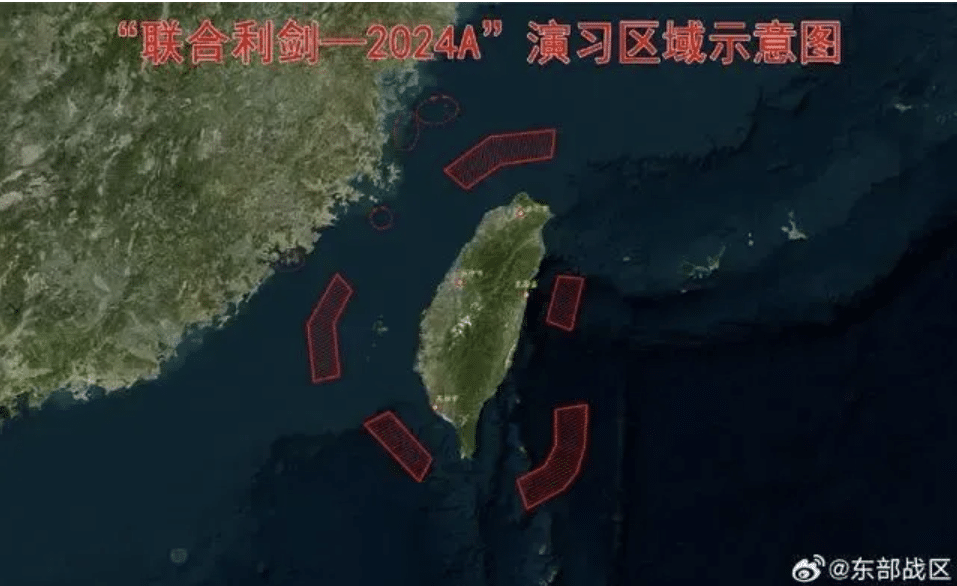The Future of China From the Perspective of Taiwan’s Political Development
- Analysis
 USCNPM Staff
USCNPM Staff- 09/18/2022
- 0
The following translation is of a commentary by Yu-Lin (Annie) Lee, a student in the Department of Diplomacy at National Chengchi University.
The original Chinese-language version of this commentary can be found here.
On August 2, 2022, the Ministry of Foreign Affairs of the Republic of China issued an official statement welcoming the visit of U.S. Speaker of the U.S. House of Representatives Nancy Pelosi. Pelosi visited Taiwan with a delegation of influential congressional leaders. The delegation included a number of U.S. committee leaders and staffers. The purpose of the visit was to demonstrate extensive Taiwan-U.S. cooperation and reiterate the U.S.’s ‘rock-solid’ commitment to Taiwan.
Opinions vary on whether Pelosi’s visit to Taiwan was a wise move, with opponents arguing that the Chinese government would regard the meeting as crossing a red line, further eroding U.S.-China relations. Moreover, the timing of the visit was one of the factors that most motivated opposition. As the timing of the visit was close to the 20th National Congress of the Communist Party of China, there were concerns that this could pressure the Chinese leadership to demonstrate their internal control over the Taiwan Strait, provoking a harsher response.
The above theory was perhaps confirmed after Pelosi flew out of Taiwan on August 3. China subsequently conducted the largest military exercise in its history against Taiwan in just one month’s time, including the launch of multiple ballistic missiles in the waters surrounding northeastern and southwestern Taiwan, and live fire exercises in six air and sea areas (with a seventh added days later). China’s response can be described as a rebuke to Pelosi’s visit and the perceived infringement of Chinese core interests. Faced with pressing cross-strait crises and seeking to establish dispute resolution mechanisms, this piece tries to look beyond short-term events and solutions. Instead, it analyzes the history of cross-strait relations to explore ways for sustainable and peaceful co-existence.
According to the 2020 National Chengchi University Election Research Center on Taiwanese opinion on reunification, about 54.3% percent of Taiwanese people want to maintain the status quo, while support for Taiwan’s independence (32.4%) is much higher than the support for reunification (6.5%). In short, we can see that Taiwanese people mostly favor the status quo position on reunification, expecting to set aside disputes while searching for common ground to promote cross-strait economic engagement, trade exchanges, and substantive civil dialogue. Moreover, the support for reunification is clearly the minority.
The cross-strait issue has a long history root of sovereignty disputes, but I believe that the main issue between the two has always been whether both sides can understand each other’s core values—their fundamental ways of living—and make improvements accordingly. To find a strategy to break out of maintaining the status quo (which has brought harmony for decades), both Taiwan and China have to contemplate agreeable steps and take actual, concrete actions accordingly.
China must understand and respect the deeply rooted historical memories of the Taiwanese people along their political path. In the past, the Taiwanese people experienced the 228 Incident (二二八事件), martial law (戒严) and the White Terror (白色恐怖). The younger generation not only learned about the incidents through textbooks, but those who are older than twenty years old have personal experience of living under a restricted political environment. Moreover, after having conversations with the older generation, I have seen firsthand that they are traumatized by how in the past, the government used power to eliminate dissidents, monitor people, and prohibit freedom of speech to consolidate an authoritarian regime. Therefore, because of Taiwan’s past, a democratic and accountable system where people can elect their own leaders is strongly appreciated by the Taiwanese people. Furthermore, any actions that reproduce the silhouette of White Terror will prompt a deep backlash from the people. In March 2014, a series of student movements (students skipping classes to sit in and breaking into the Legislative Yuan) was triggered to protest perceived undemocratic political maneuvering following the forced passage of a bill known as the ‘Cross-Strait Service Trade Agreement’ by the Legislative Yuan. The incident, known as the Sunflower Incident, was the most influential social movement in Taiwan after the Wild Lily student movement in the 1990s, demonstrating strong civic consciousness and determined political participation. The 2019 anti-China movement is also reflected in the results of the 2020 presidential and legislative elections, showing that the people recognize the spillover effect of the Hong Kong incident on Taiwan. The election results show that President Tsai Ing-wen was re-elected president with a historically high number of votes (8.17 million), and the Democratic Progressive Party also maintained the majority of seats in the parliament (61 out of 113 seats).
With Taiwan as a model of transition from authoritarian to democratic institutions in Chinese society, it is essential to understand that the fruitful results of democracy are not immediate and readily available. Instead, the process requires overcoming many obstacles and crossing arduous paths. If we want to resolve cross-strait issues peacefully, we need to give sufficient time and space for China’s improvement and development. In Taiwan, for example, since the declaration of martial law on May 20, 1949, the central government slowly delegated electoral power, except for the mayoral elections in Taipei and Kaohsiung. Local counties and cities were able to hold regular elections, but public representatives were not fully re-elected and allowed to compete openly and democratically until December 1992 for legislators; it was not until May 1991 that the mobilization for the counter-insurgency period and the abolition of the temporary provisions were abolished. The democratization process requires a long-brewing development period and perseverance. The authority in Taiwan has always believed a Chinese saying that a benevolent government will ‘please the near and attract the far’ (近者悦、远者来). In the face of China, Taiwan should reduce its external pressure (maintaining the status quo on political sovereignty disputes) and allow China to develop into a democratized country.
Indeed, China’s democratization process faces many challenges: the wave of democratization represented by the ‘Soviet East wave’ in the 1990s failed to reach China. The Chinese people have an instinctive resistance to democratic institutions, rooted in Chinese political thinking on centralized power. Furthermore, the Communist Party has been in power for a long time and is reluctant to delegate power, fearing for the Party’s survival. All of these circumstances have contributed to the Taiwanese people’s disappointment in mainland China. However, if a “peaceful” resolution of cross-strait issues is a common goal for both sides, then it is crucial to put aside the predominance of short-sighted resolutions and seek something larger. Instead, both sides should put effort into understanding each other in an in-depth way. China needs to understand that Taiwan recognizes the limitations of democracy, but also understands that it took Taiwan a long time to have the precious functional democratic system it now holds. Hence, should negotiation with Taiwan not contain this fundamental understanding and respect, it will reach a dead end. As a country that successfully caught onto the third wave of democratization, Taiwan should understand that the democratization process is time-consuming and should be willing to give China further time to process and develop.







